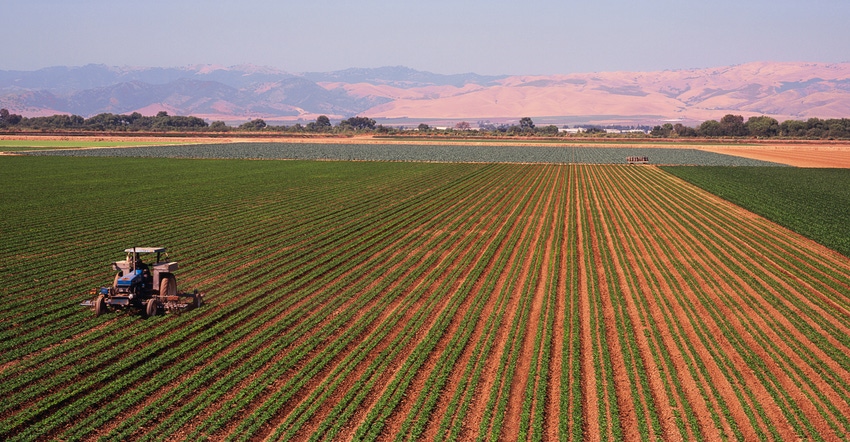May 10, 2021

Rising commodity prices offer the potential for higher revenues and greater profits. It may also bring increasing costs if prices remain at a high level. This is common with inputs such as fertilizer or fuel, which are closely tied to farm production. However, another major cost is the rent payment made on farmland.
As commodity market prices go up, there is a strong likelihood landowners may want to increase the rental payment they are receiving. This is often based on a perception that high market prices lead to higher revenues and automatically greater profits. If farm profits appear better, then landowners may perceive the value of farmland to be better as well.
How can you, the farm manager, help your landowners understand that higher prices don’t necessarily mean greater profits? How can that conversation help negotiate continued use of the farmland at reasonable rates?
In addition to Michigan State University Extension resources such as the Land Rent Calculator and Farmland Rent Considerations Factsheet, MSU Extension recommends some key areas to discuss with your landowner.
Costs of the farm business
The key to communicating costs to a landowner is to understand that less is more. Landowners are not necessarily interested in the details behind every cost the farm incurs. The goal is to review relevant or compelling costs that affect the farm’s profitability and what a reasonable land rent should be. A few discussion points include:
Focus on specific line items that vary from year-to-year. If an input cost increases significantly, it may be worth going over — especially if the cost was affected by market prices. For example, fertilizer costs that increase during the same period as market prices.
Group similar costs together into a “cost area.” Then you can discuss their importance without going into detail on each specific line item. For example, costs associated with custom operating, machinery leases and hired labor may be called “hired costs.”
Don’t get lost in the details. Be wary of providing too much detail in the discussion. In-depth conversations on every cost could lead to unintended scrutinizing of the farm’s production activities, not just the costs involved in them.
Revenues of the farm business
Revenues are a bit more of interest to landowners. If the farm can generate income, it means it can pay the rent. The key is to focus on what the farm actually receives.
Landowners often are not aware that the actual price received is not the futures price. Explaining this difference in prices doesn’t require in-depth discussions on marketing. But talking about actual prices helps to shape the overall conversation on profits.
Landowners are not necessarily aware of price volatility. This is important to bring up in your discussions on prices and revenues. Understanding volatility helps to explain why the average price you receive is not the “high price” seen in the market reports.
Showcase your strengths as a farm tenant
It’s important to remember that the value of the property is driven by its potential for profits. That potential is established or maintained by the farmer renting it. This presents an opportunity to showcase your farm and your ability to serve as a steward of the landowner’s property.
No two farms are alike. Your farm has its own approach to achieving high yields and reaching profit. How that compares to other farms within the industry, or in the local area, is an important distinction you want to highlight. Using a benchmarking database, such as FINBIN, you can determine where your farm ranks in the industry and share that with the landowner.
Review recent soil test results and how they affect production. Discuss how you’ve increased or plan to increase soil health (i.e., routine lime applications, use of cover crops, etc.). This demonstrates your efforts to retain value for both you and the landowner. Have this dialogue routinely, not just during rent negotiations. It illustrates those efforts are made regardless of market prices.
Discuss production capacity and your yield history. Highlight your success at achieving or exceeding the farm’s capacity. This is especially important if you’ve made investments toward productivity improvements, such as tiling or irrigation.
Focusing on your success both before and after those improvements confirms your contributions to land value. It also emphasizes what may be lost if the property were rented to someone else.
Don’t forget to talk about the extras. Often, landowners may ask for assistance in maintaining the visual appearance of the property. Whether that’s trimming tree lines or mowing roadsides, these extra activities provide added value to the property. They also showcase your value as a tenant, especially if you do them without any compensation from the landowner.
Talking through these areas will help your landowners to better understand the farm business and its contributions to land value. This helps to keep rental payments reasonable during times of high market prices. It also creates long-lasting relationships that benefit both producer and landowner.
LaPorte is the Michigan State University Extension farm business management educator for southwest Michigan.
You May Also Like




